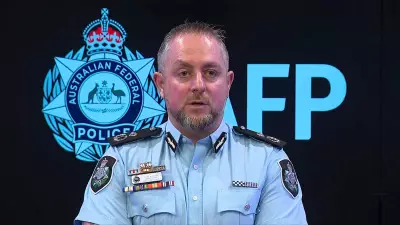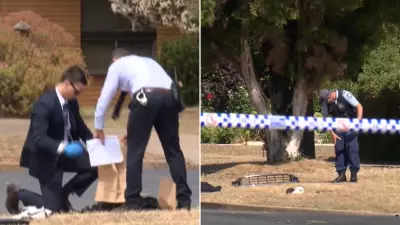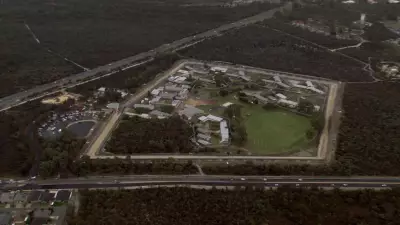
Western Australia's top police officer has delivered a stark assessment of youth crime in the remote Kimberley town of Kununurra, declaring that law enforcement alone cannot solve the complex social issues driving young people into criminal behaviour.
Police Commissioner's Community-Focused Approach
Police Commissioner Col Blanch spoke candidly about the limitations of traditional policing methods during recent discussions about Kununurra's ongoing youth crime challenges. The commissioner emphasized that while police presence remains important, sustainable solutions must involve broader community support and intervention programs.
"We can't just arrest our way out of this problem," Commissioner Blanch stated, acknowledging the deep-seated social and economic factors contributing to youth offending in the region. His comments reflect a significant shift in thinking about how to address crime in remote Aboriginal communities where disadvantage often runs deep.
Kununurra's Complex Social Landscape
The Kimberley town has struggled with youth crime for years, with incidents ranging from property damage to more serious offences. Local businesses and residents have repeatedly expressed concerns about safety and the impact on community wellbeing.
Commissioner Blanch's approach recognizes that many young offenders in Kununurra face multiple challenges including:
- Intergenerational trauma and family disruption
- Limited educational and employment opportunities
- Substance abuse issues affecting young people and families
- Inadequate support services for at-risk youth
The commissioner stressed that early intervention and prevention programs are crucial for breaking the cycle of offending. This includes better support for families, improved access to education, and creating positive pathways for young people to follow.
Building Collaborative Solutions
Rather than relying solely on police resources, Commissioner Blanch advocates for a coordinated approach involving multiple government agencies, community organizations, and local leaders. This collaborative model aims to address the root causes of youth crime rather than just responding to its symptoms.
"We need to work with communities, not just police communities," the commissioner explained. This means engaging with Aboriginal elders, youth workers, schools, and social services to create comprehensive support networks for vulnerable young people.
The Western Australia Police Force is now exploring new partnership models that could see increased collaboration between police, social services, and community groups in Kununurra. These initiatives would focus on diverting young people from the justice system while still maintaining community safety.
Local community leaders have welcomed Commissioner Blanch's comments, noting that lasting change requires addressing the underlying social determinants that lead young people into criminal behaviour. Many hope this signals a new era of cooperation between police and community in tackling one of the Kimberley's most persistent challenges.





